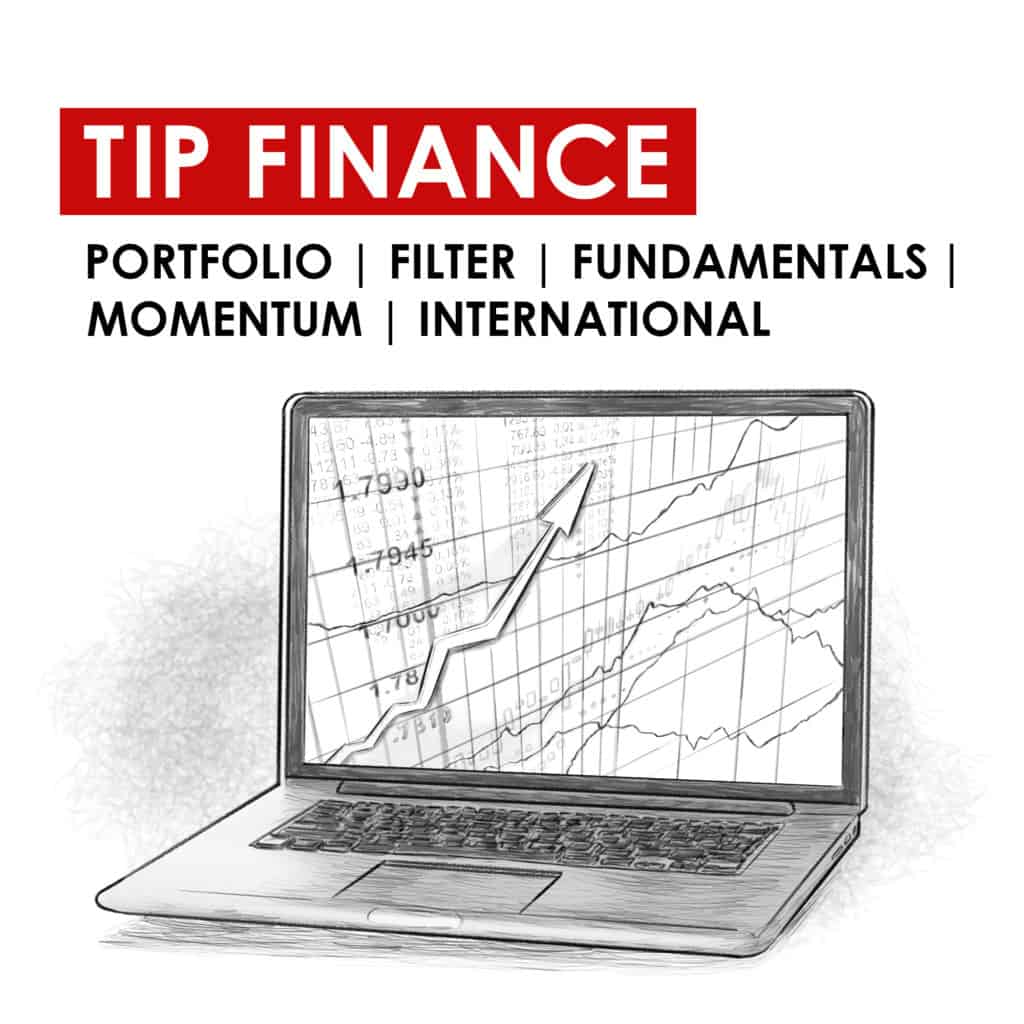TIP 053: THINKING, FAST AND SLOW | QUANTITATIVE EASING
W/ PRESTON & STIG
10 September 2015
In this episode of The Investor’s Podcast, Preston and Stig start the show by talking about the current market conditions. They focus their discussion on the quantitative easing that’s happening in Europe and Japan. After the initial discussion about the stock market, the Investor’s discuss the newest book they read, “Thinking Fast and Slow.”
IN THIS EPISODE, YOU’LL LEARN:
- Will ECB expand quantitative easing?
- What can the stock investor learn from “Thinking, Fast and Slow?”
Note: Before discussing the book, Thinking Fast and Slow, Preston and Stig started the podcast by talking about some of the current market conditions. The discussion started with Europe and whether the ECB could expand their quantitative easing program further.
TRANSCRIPT
Disclaimer: The transcript that follows has been generated using artificial intelligence. We strive to be as accurate as possible, but minor errors and slightly off timestamps may be present due to platform differences.
Preston Pysh 01:04
Hey, how’s everybody doing out there? This is Preston Pysh. I’m your host for The Investor’s Podcast. And as usual, I’m accompanied by my co-host, Stig Brodersen, out in Denmark.
So how’s everybody doing out there? We’re pretty excited to be back with you. And we have an interesting conversation we’ll have at the beginning, just talking about the current market conditions. And then we’ll be talking to you about a book that we recently read. It’s called “Thinking, Fast and Slow” by Daniel Kahneman. That book was recommended to us by Dr. Wesley Gray in a previous episode, so we’ll be getting to that here shortly.
Before we go there, Stig and I wanted to open up each one of our shows here with the current market conditions. And so Stig wanted to start the conversation by just discussing what’s happening over in Europe right now. Just how that has some maybe bigger implications in the way that we see the market moving in the coming future.
Stig Brodersen 01:55
As some of you probably remember, we actually talked about ECB and quantitative easing before. Earlier this year, ECB agreed that they should use quantitative easing and buy up their bonds for 60 billion euros. That’s quite a lot of money. It’s not quite as much quantitative easing, as you saw in the US during the financial crisis. But still, it’s getting up there. What was it, Preston, like 80 to 85 or something a month?
Preston Pysh 02:21
I don’t know what the exact number was per month. But I do know that the US had significantly more quantitative easing. And I think the US, another quantitative easing that last round that really big round, which I think a lot of people don’t realize how big that last round of QE was. That ran over… I want to say it was a year and a half. So it was a huge, absolutely huge amount of quantitative easing.
Stig Brodersen 02:45
One thing is like how much they’re buying back. Another thing is the duration. And as Preston was saying, we were talking about what a year, year and a half? Actually, we were starting earlier this year. So I think we probably did quantitive easing for something like half a year. And this program is set out to end by September 2016.
Now, what *inaudible has been saying last week is that this could go beyond that program. Now, it doesn’t specify that, as you probably know, also, in this stage from hearing *inaudible talks, everything that you’re saying, if you’re chairman of the Fed or ECB, it’s a twist. You can’t be too direct, but you’re signaling to the market. And what he’s saying is that we can go beyond that. We can go beyond the current quantitive easing program, to grow more our economy. He is both speaking about whether or not to buy more than 60 billion euros each month, or he’s also saying that you could extend the duration of that program.
Preston Pysh 03:48
So what I think’s interesting about this comment, and just so you guys know, the ECB came out and said this in the first week of September is whenever they were discussing this. And I think that this is a really profound discussion and something that a lot of people need to be thinking about, especially a lot of bears. If the central banks continue to expand quantitative easing, what implications will that have? And I think that that’s something I don’t think a lot of people can really wrap their head around. I mean, my initial thought is that it’ll cause equity markets to go up. But at the same time, you’re in a different position now than whenever that was really a useful tool back in the day start of 2009 through clear up through 2014, whenever the US was doing it.
Stig Brodersen 04:38
I think this is really interesting because there are so many aspects of this and we just saw it last week, whenever *inaudible was out saying that he might expand the program market saw here in Europe. So I mean, this is something at least in the short run, that people pay a lot of attention to. I completely agree with Preston How this would turn out in the long run? I have really, really no clue. One thing is they’re cutting the growth forecast from 1.5 to 1.4. That might not seem a lot, but we are really talking about a huge economic region that is not doing well.
Another thing is inflation. Inflation is also something that we discussed before here on this podcast. And right now in the Eurozone, the inflation rate is right now at .2%. So we basically have no inflation. That’s also a reason why QE might be a good idea, at least from the perspective of the central bank.
Preston Pysh 05:32
You know, as long as your deflationary numbers are in Europe are as bad as what they are. I just don’t know how they could turn off QE from now until… I don’t even know how they could really set a date at this point.
So this, this whole QE thing is such an interesting discussion when you look at the implications of what’s happening. I recently read an article last week, and it was really quite mind-blowing on the article related back to Japan and the quantitative easing that they’re doing over there. You’ve seen their stock market go wild for the last, what’s it been? About a year, two years that their stock market has done really well over in Japan. And it’s because they’ve been doing quantitative easing. They learned the trick from the US when we started doing that in 2009.
Their stock market over in Japan has gone wild. But the article talked about, well, how long is their ability to conduct quantitative easing? And this is where it got really interesting because there are people out there saying that in like nine months to a year from now, Japan is going to run into some serious issues where their ability to conduct quantitative easing is pretty much going to disappear because they’re actually buying back their debt faster than they can actually issue it.
06:45
The government issues debt, and they’re issuing the debt at zero percent. It’s literally no yield on this debt at all. The government is then buying that debt back off of the market to put more cash flow into their system. The amount of money they need to pump into their system for quantitative easing through the purchasing of debt is actually becoming so big and so large that it’s actually exceeding their ability to issue the debt at the same rate. And that to me is totally nuts. That is totally insane. And for me, I’m thinking, “Well, what implications is that going to have to the world economy in a year from now? And especially when you look at their stock market, it has a close similarity to the enormous growth that you saw in the China market. You’re seeing something very similar in the Japanese market. I mean, heck, I think it was this week or last week, you saw the Japanese market go up 7% in a day.
Stig Brodersen 07:44
I do want to say one thing because it might seem like Preston and I are very worried.
HELP US OUT!
Help us reach new listeners by leaving us a rating and review on Apple Podcasts! It takes less than 30 seconds and really helps our show grow, which allows us to bring on even better guests for you all! Thank you – we really appreciate it!
BOOKS AND RESOURCES
- Daniel Kahneman’s book, Thinking, Fast and Slow – Read reviews of this book.
- Nassim Taleb’s book, The Black Swan – Read reviews of this book.
- Robert Cialdini’s book, Influence – Read reviews of this book.
- Stig’s blog post, Why Mutual Funds can’t Beat the Market.
NEW TO THE SHOW?
- Check out our We Study Billionaires Starter Packs.
- Browse through all our episodes (complete with transcripts) here.
- Try our tool for picking stock winners and managing our portfolios: TIP Finance Tool.
- Enjoy exclusive perks from our favorite Apps and Services.
P.S The Investor’s Podcast Network is excited to launch a subreddit devoted to our fans in discussing financial markets, stock picks, questions for our hosts, and much more! Join our subreddit r/TheInvestorsPodcast today!
SPONSORS
- Support our free podcast by supporting our sponsors.
Disclosure: The Investor’s Podcast Network is an Amazon Associate. We may earn commission from qualifying purchases made through our affiliate links.
PROMOTIONS
Check out our latest offer for all The Investor’s Podcast Network listeners!







